Zhitomir ZAGS Archives

|
Zhitomir ZAGS Archives |
 |
As the chief rabbi of Novograd Volynsk, my grandfather Grand Rabbi Jacob Korff had the responsibility of keeping track of the births, marriages, and deaths of the Jews in the region, and his record keeping was meticulous. He sent his ledgers to the regional capitol, Zhitomir. Vitaly and Miriam had located these ledgers at the Zhitomir ZAGS Archives and so Baruch and I traveled there in the hopes of being able to view them.
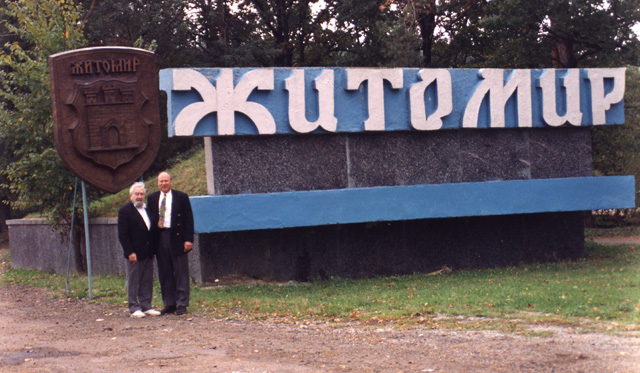 |
|
Baruch Korff and Paul Gass at the entrance to the city of Zhitomir |
The chief archivist, Natalie Alexeovna Medvedeva, warmed up to Baruch very quickly and he autographed one of his books for her. She brought out some record books containing not only birth, marriages, and deaths of individuals in the Jewish community but also chronicled the brisses and bar mitzvahs. The entries were written in my grandfather’s handwriting.
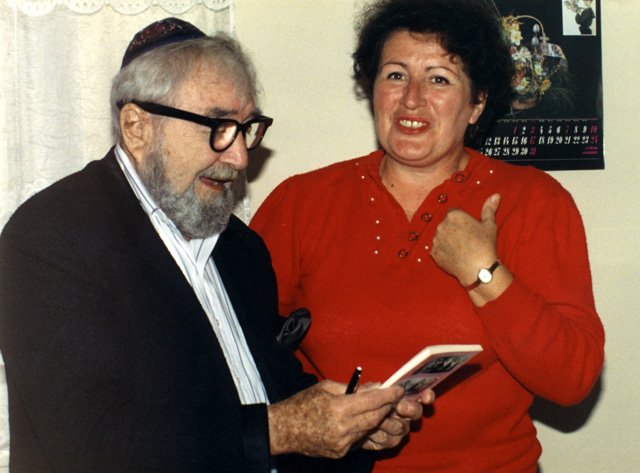 |
|
Baruch autographing a copy of his Nixon book for the director of the Zhitomir ZAGS Archives. He addressed it to “a marvelous and delightful young lady in gratitude.” |
We were able to view my grandfather’s record books but weren’t permitted to photograph any of the records within. However, I was allowed to photograph my uncle holding one of the ledgers open.
Medzibozh and Berdichev
Before heading back to Kiev, we visited the old Jewish cemeteries
in the towns of Medzibozh and Berdichev, where the Ba’al Shem Tov and many of his disciples
were buried. These graveyards were better maintained than the others, and we
noted the existence of recently built ohels. An ohel is a building
that covers a below-ground grave. Ohels are not mausoleums. (Mausoleums are
elaborate tombs that hold the remains of the deceased in coffins or urns, which
are not buried in the ground.)
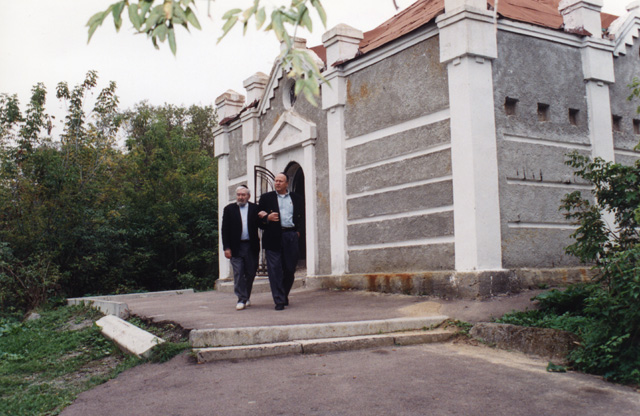 (a) (a) |
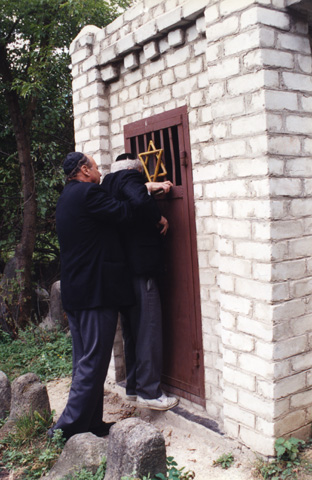 (c) (c) |
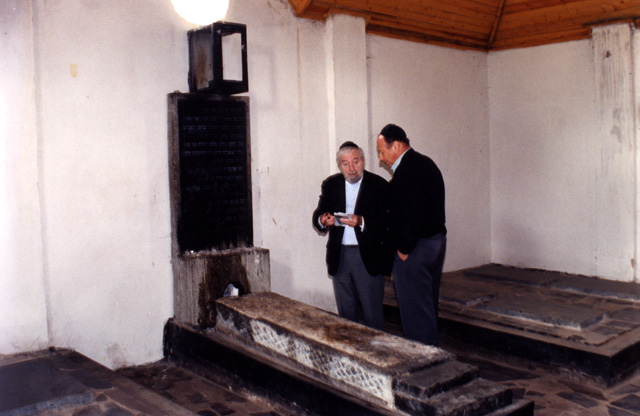 (b) (b) |
|
|
(a) This ohel is located in the town of Berdichev,
and is the burial site of one of Paul's and Baruch’s ancestors, Rabbi Levi
Yitzhak (1740-1809) of Berdichev. He was student of the Maggid (popular
preacher) of Mezhirich and son of Rabbi Meir. |
|
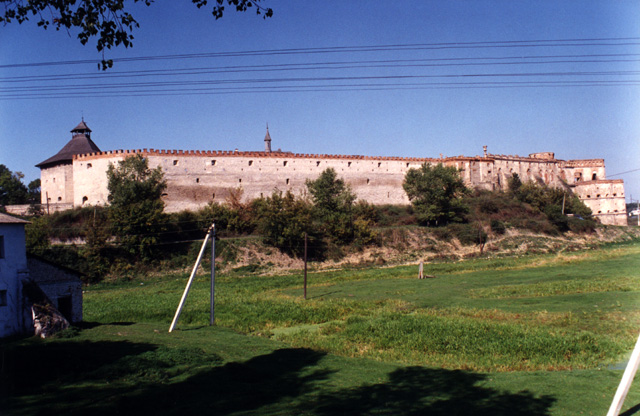 |
|
An old fortress dominates the landscape near the cemetery where the Ba’al Shem Tov is buried |
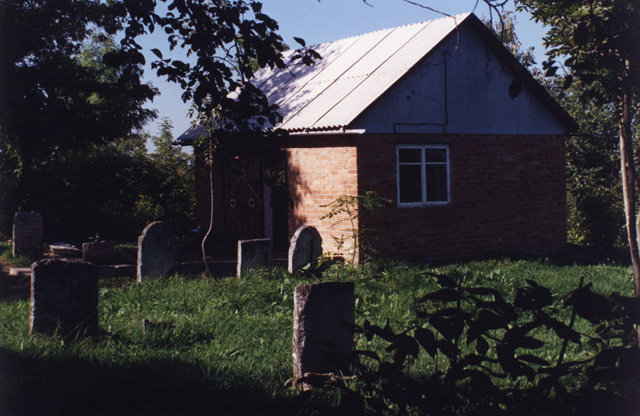 |
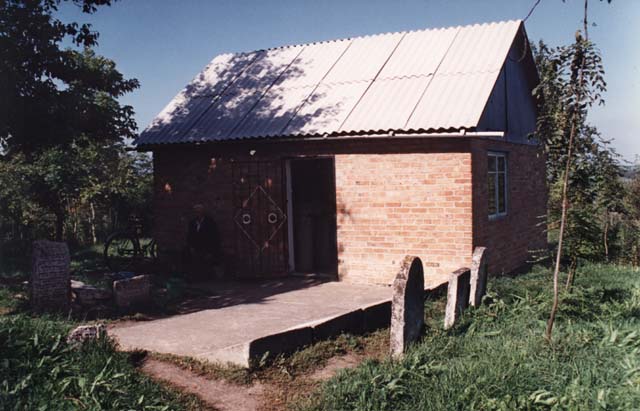 |
|
This brick ohel houses the grave of the Ba’al Shem
Tov. |
|
|
(a & b) In addition to the Ba’al Shem Tov’s grave, graves
of other famous rabbis were also inside the ohel |
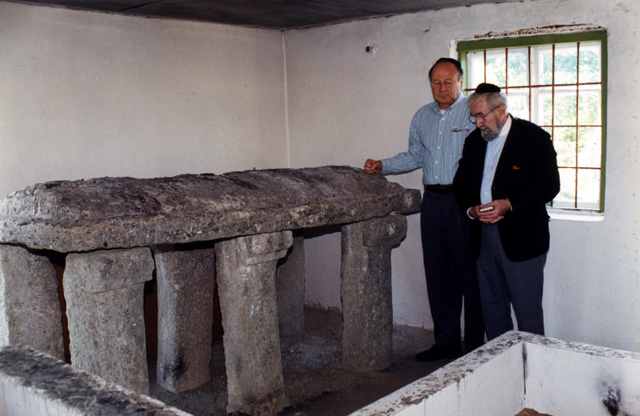 (a) (a) |
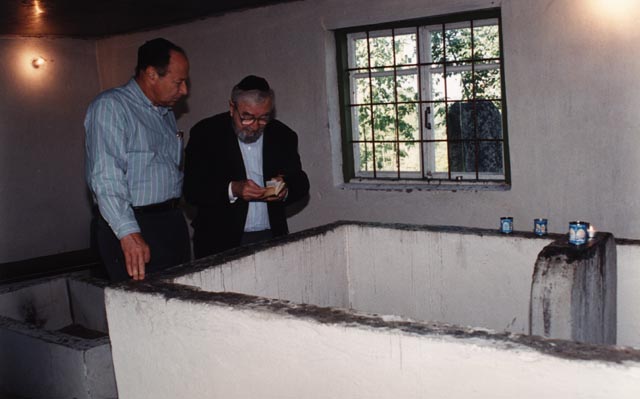 (b) (b) |
|
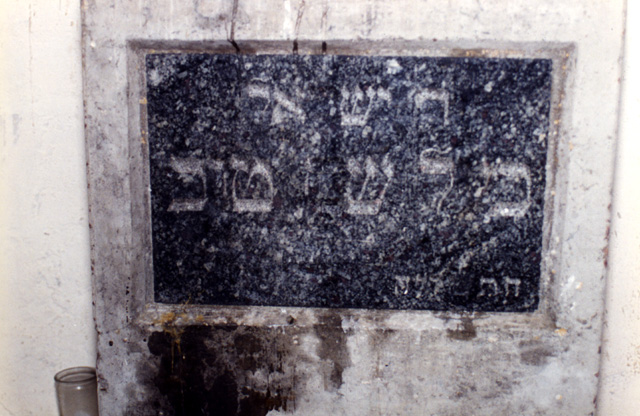 (c) (c) |
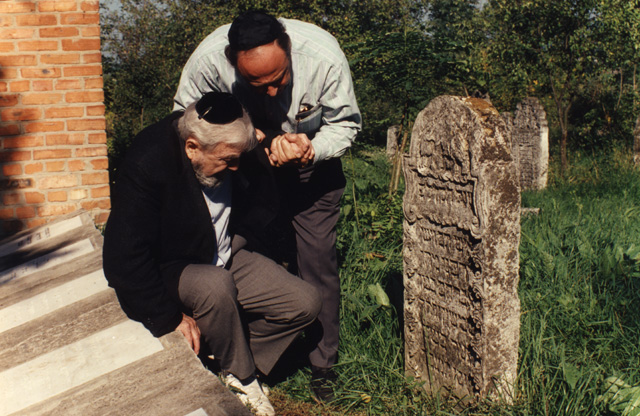 |
|
The physical demands of our trip were getting to be too much for Baruch but he wouldn’t quit. With the help of Paul and Vitaly, Baruch continued to look at the monuments of the Ba’al Shem Tov’s students. |
|
|
 |
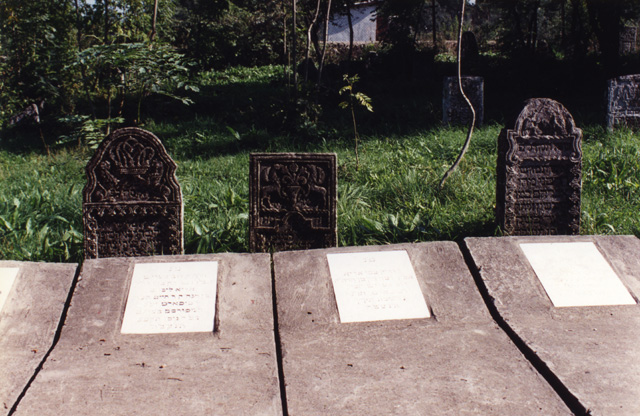 |
|
Monuments of the Ba’al Shem Tov’s students |
|
KIEV
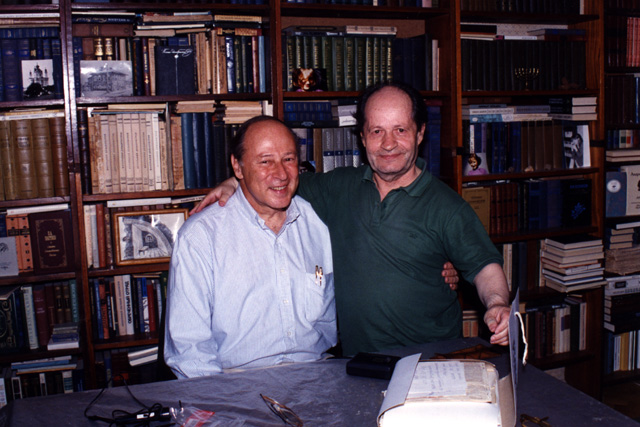 |
|
Paul and Ritali Zaslavsky in Ritali’s home; Vitaly’s excellent translation skills permitted Paul and Ritali to have an in-depth conversation. |
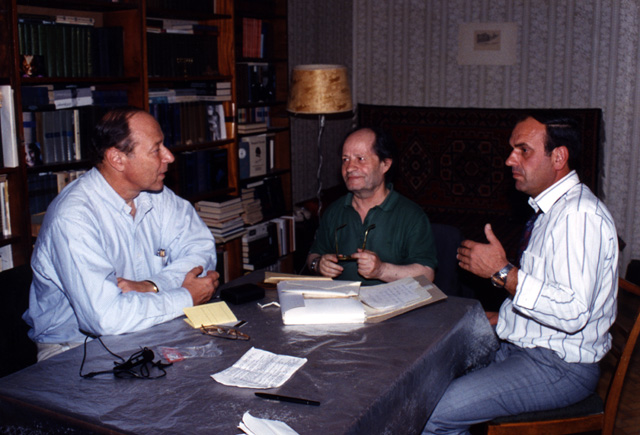 |
In Kiev, I met Rabbi Yakov Bleich, the chief rabbi
of Kiev and Ukraine. He was a young, Brooklyn-bred Israeli with a strong vibrant
personality, who had accomplished a great deal in a short amount of time. Six
hundred young people were enrolled in Hebrew schools under his supervision. He
also helped Ukrainian Jews immigrate to Israel. He obviously needed money to
carry on his money so of course I gave him a donation.
I met Ritali Zaslavsky, who is a poet and a writer. He wrote “The Holocaust from
the Eyes of a Dog.” Ritali gave me a picture from his youth of his friend Naum
Moiseevich Mandel. Naum is a famous Russian poet and playwright, who is known
professionally under the pen name Naum Kusarvem. Naum adopted a pseudonym
because “Mandel” sounded too Jewish and he knew he could never get published in
Russia with a Jewish-sounding name. So he chose the surname Kusarvem because it
connotes strength and gives the impression that he is from Siberia.
When Naum was young he believed in Communism and wrote idealistic papers about
the Communist system. However, he became disillusioned and when he wrote the
truth about Communism’s failures, the authorities sent him to a gulag in
Siberia. Later he was allowed to return to Moscow.
Read more about PAUL, NAUM, and JEWISH GEOGRAPHY